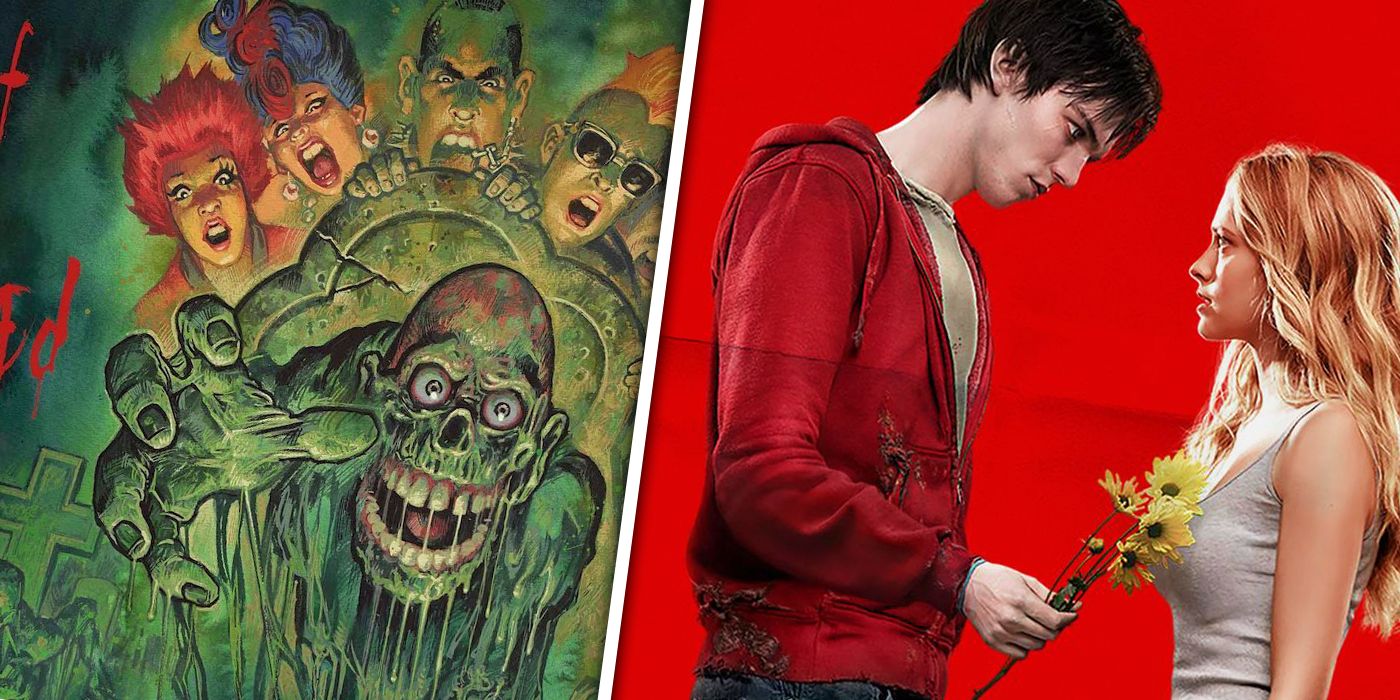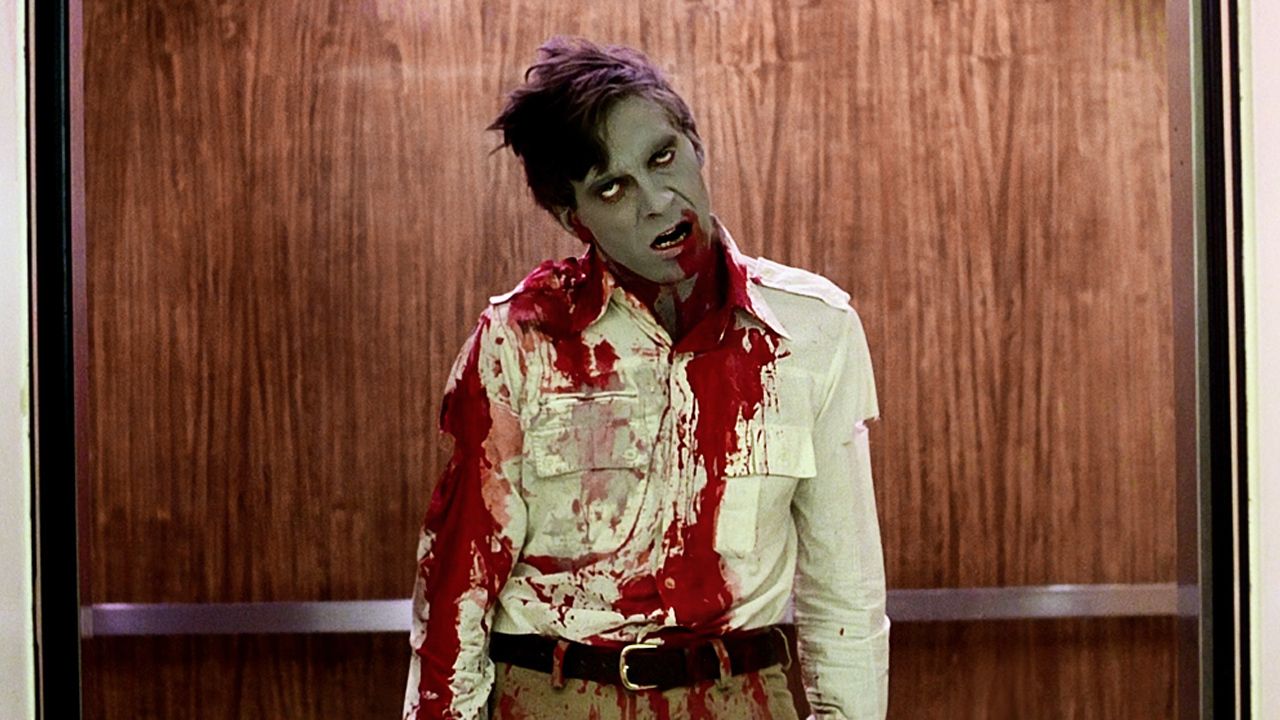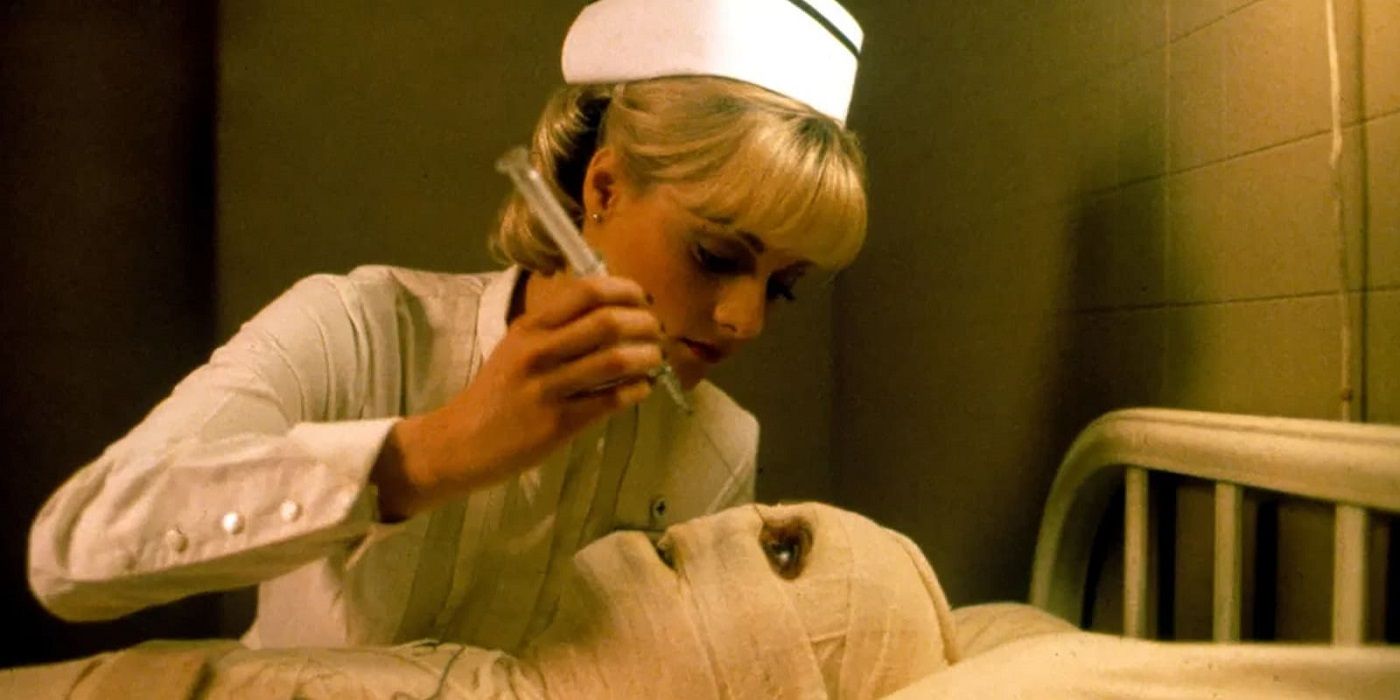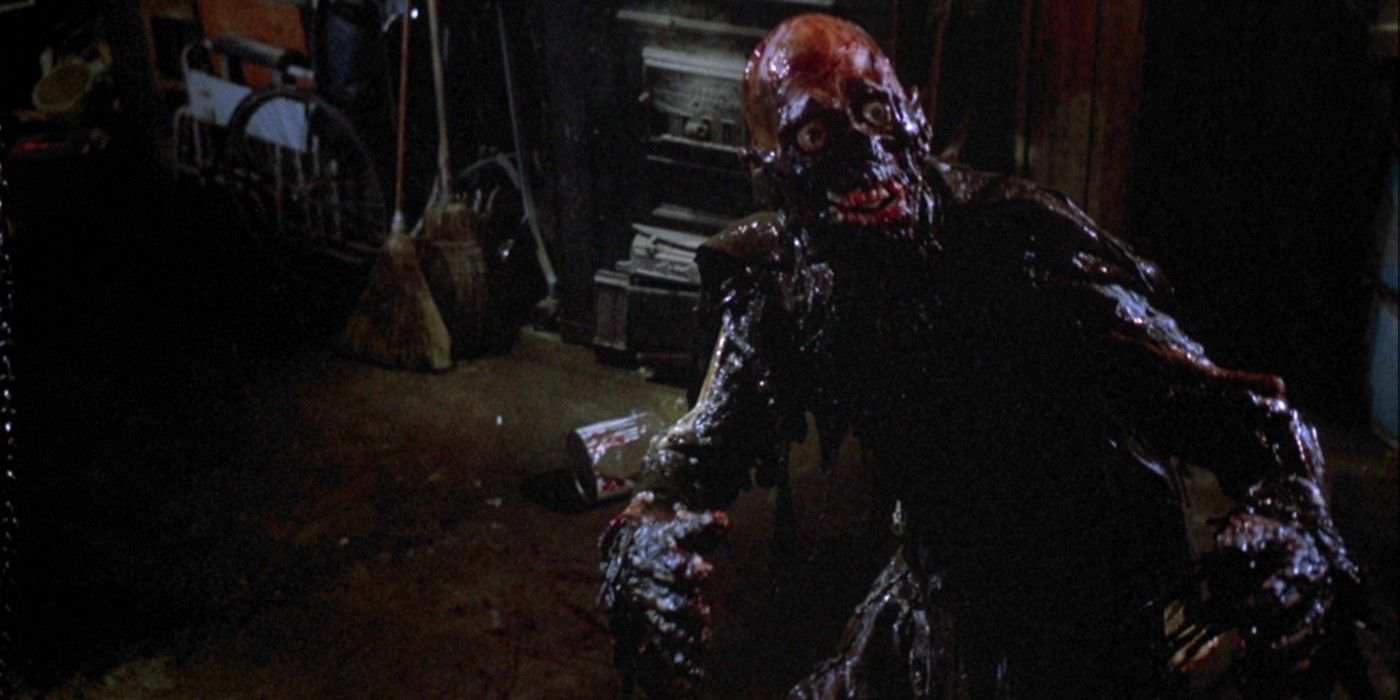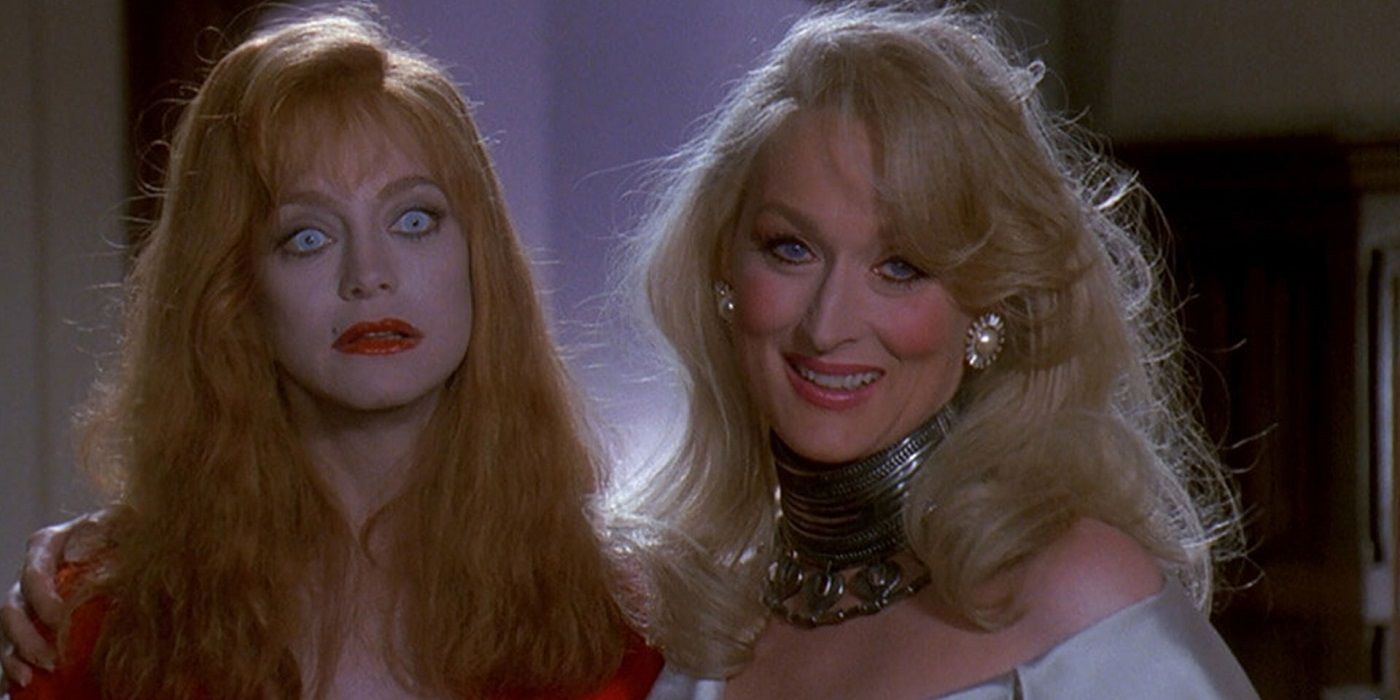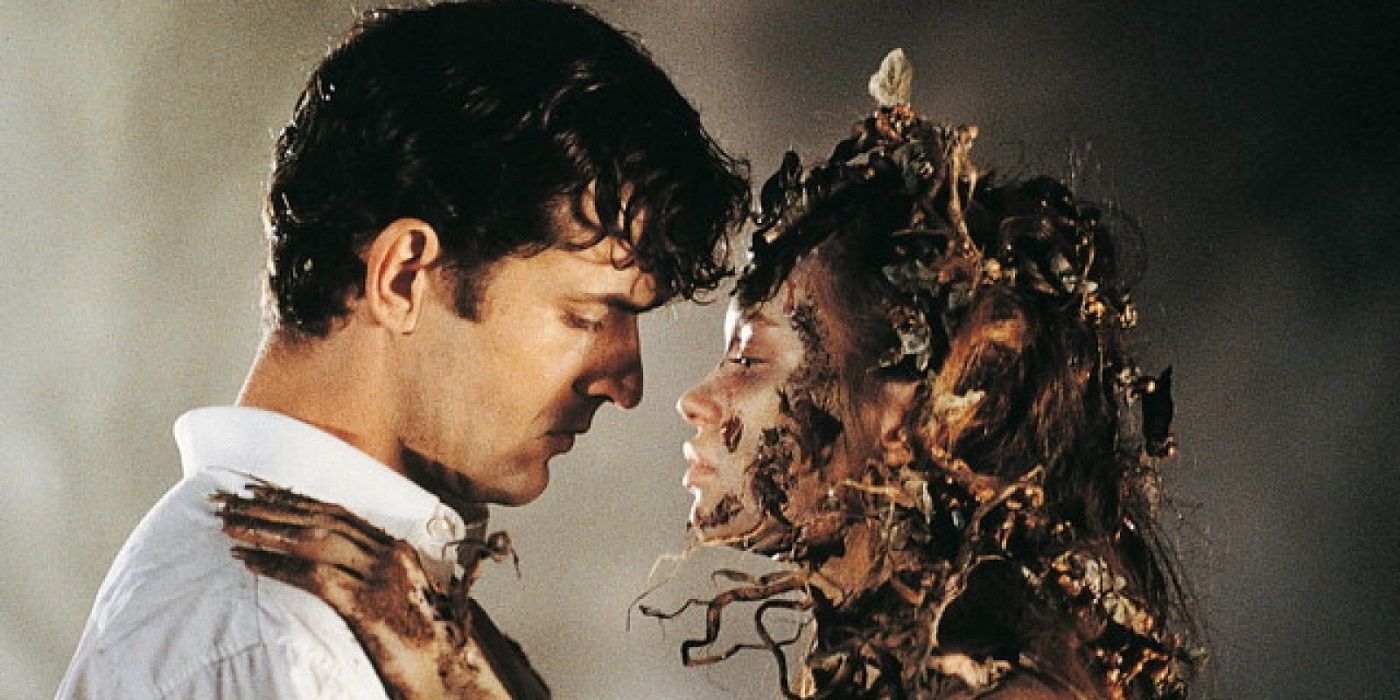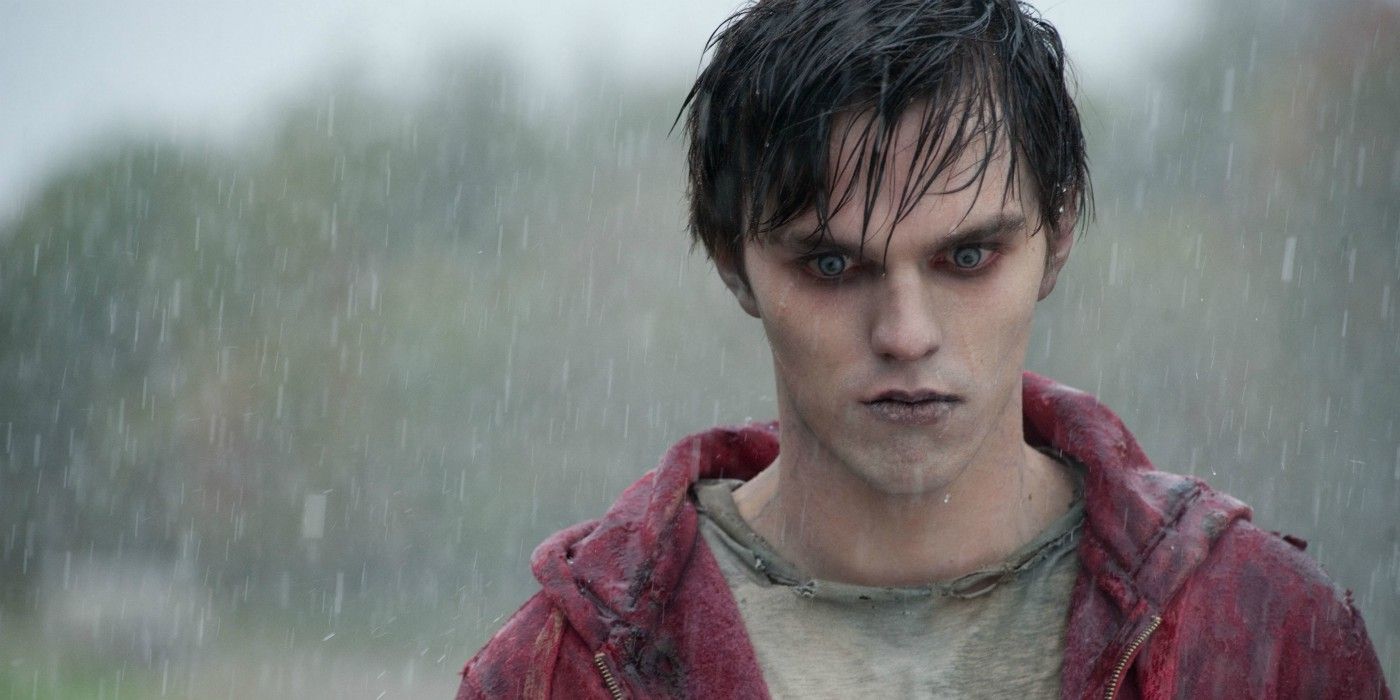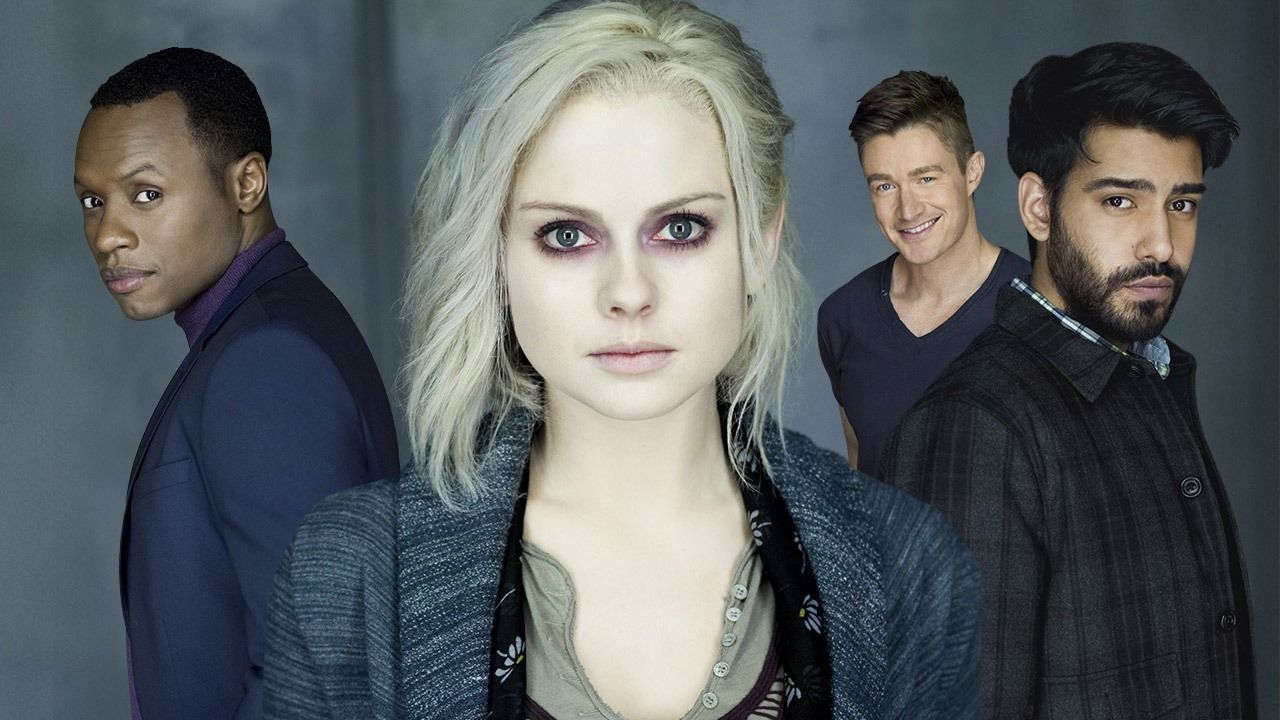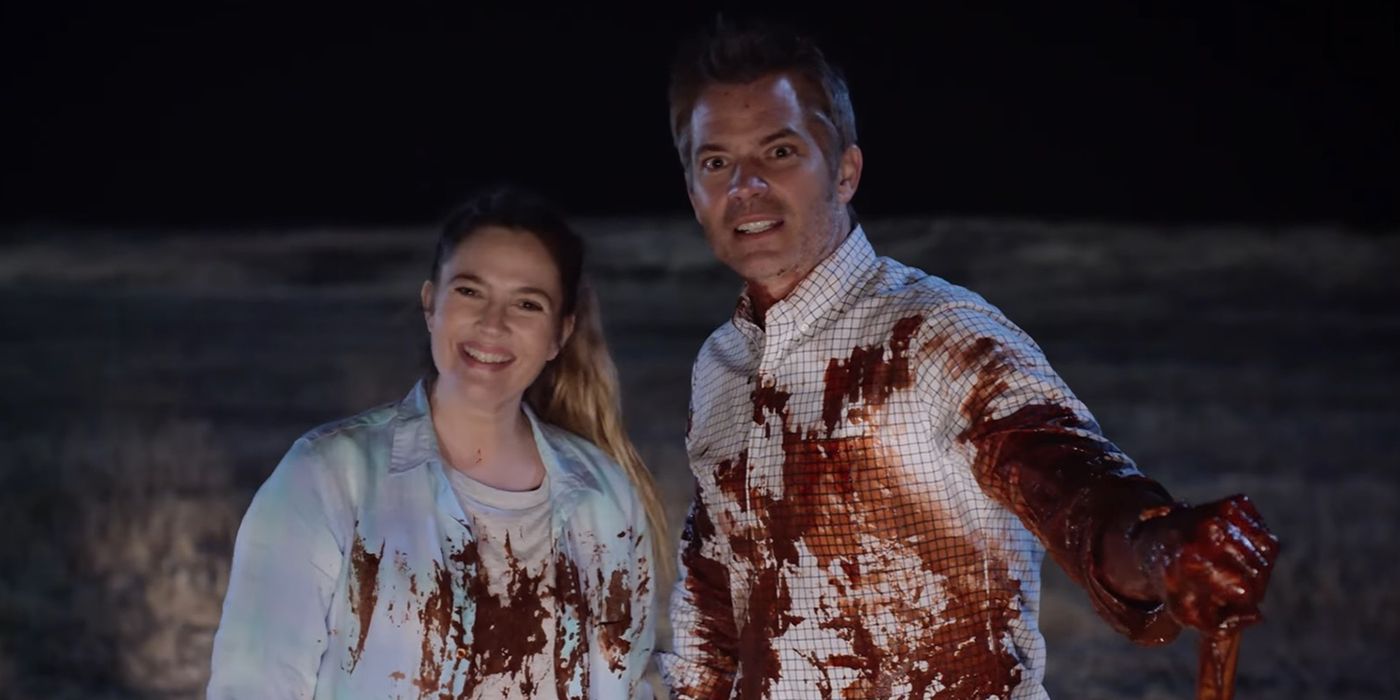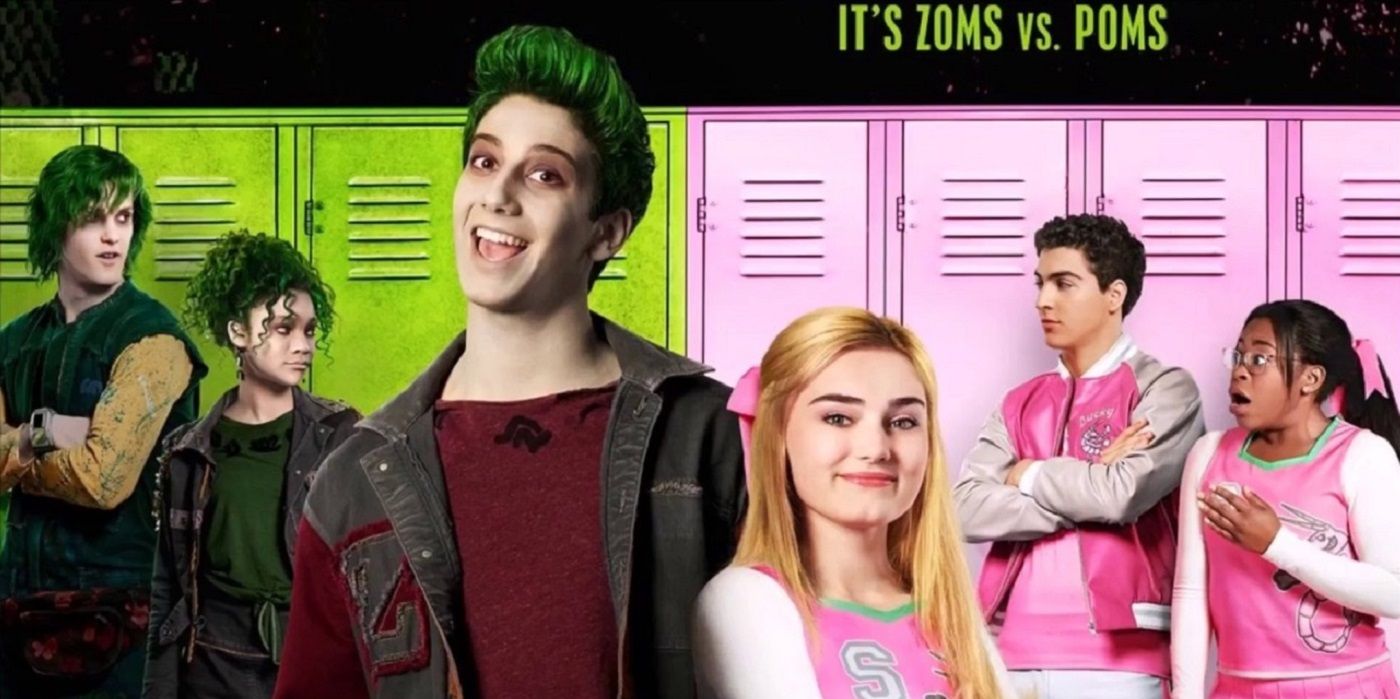The new trailer for Army of the Dead promises a different kind of zombie from The Walking Dead's classic shuffling automatons. They're smarter, more organized and capable of the rudiments of culture, providing director Zack Snyder with ample opportunity to upend audience expectations. It’s a smart tactic, since the rules of zombie apocalypse movies are well known at this point, and smart zombies can catch viewers by surprise in any number of ways. But it’s not the first time smart zombies have appeared onscreen. In fact, the notion was present at the genre's beginnings.
George A. Romero cited I Am Legend as a major influence on the original Night of the Living Dead, with zombies standing in for the vampires of Richard Matheson’s novel. The book posited a new culture arising from the ashes of the old, with the world’s vampire population reorganizing itself and the last human holdout becoming the monster of their myths. As such, Romero never entirely discarded the notion of zombies exhibiting similar tendencies. It hasn’t been difficult for his successors to spin it into all manner of interesting directions. Here’s a look at some of the more prominent examples of smart zombies in previous films and TV shows arranged in loose chronological order.
The Romero Sequels (1978-2009)
Romero explored the notion of smarter zombies starting with his initial sequel, Dawn of the Dead. The zombies are drawn to the film’s famous shopping mall by an instinct from their former lives, a tendency that allows them to make some surprisingly sophisticated connections. It took 1985’s Day of the Dead to more formally embrace the notion -- featuring an experimental zombie named “Bub” who salutes and fires a pistol -- followed by similar figures in Land of the Dead, Diary of the Dead and Survival of the Dead. The latter, Romero’s last film, ended with two zombies firing empty pistols at each other in emulation of their rivalry in life.
Dead & Buried (1981)
This low-budget horror movie earned a reputation after it was banned in the UK as a "video nasty" and has since developed a cult following. Written by Alien scribes Dan O’Bannon and Ronald Shusett, the film concerns a small-town mortician who discovers a means to reanimate the dead and sets about murdering the local citizens to bring them back to kill more people for him. It features an early performance from Nightmare on Elm Street's Robert Englund, as well as effects from a nascent Stan Winston, and a twist ending that redefines how smart zombies can be.
Return of the Living Dead (1985)
O’Bannon came back to the zombie genre a few years after Dead & Buried, with the tale of a chemical leak in a local cemetery that brings rotting corpses back to life. The scenario closely resembles Romero’s original Night of the Living Dead as a group of street punks take shelter from the horde, and O’Bannon infuses the film with a healthy dose of Romero’s dark humor. Beyond their hunger for brains and lack of heartbeat, the undead remains largely themselves, allowing them to lure unsuspecting police and paramedics to a grisly fate. One of them even tries to convince his girlfriend to sacrifice herself to his cannibalistic appetites.
Death Becomes Her (1992)
Robert Zemeckis’s dark comedy about the Beverly Hills' undead was reviled upon release, but like many other films on this list, it has earned a devoted following over the years. Isabella Rossellini plays an ageless woman who sells a magic potion of immortality to those who can afford it. When best frenemies Meryl Streep and Goldie Hawn weaponize it in their petty war against each other, they both end up dead. Thanks to its supernatural effects, their bodies remain alive and conscious even as they begin to decay. There’s no flesh-eating in Death Becomes Her, but the ghoulish humor is unusually dark for Zemeckis, and the sight of two Oscar-winning actresses slowly rotting away is right in keeping with Romero’s ethos.
Cemetery Man (1994)
Italian zombie movies play by their own rules, and the definition of “zombie” can include any number of supernatural creatures. But Michel Soavi’s Cemetery Man (Dellamorte Dellamore in Italy) sticks very close to the classic rules while featuring flesh-eaters capable of intelligent conversation. Rupert Everett plays a cemetery caretaker whose charges periodically rise from the grave. He decides it’s easier to simply shoot them than convince the town’s feckless mayor to help. Trouble arises with a mysterious woman, who appears in multiple guises and identities, and whose sexual attraction to Everett seems to both trigger and reverse her inevitable death.
Warm Bodies (2013)
Based on a novel by Isaac Martin, Warm Bodies adopted a star-crossed lovers approach to its zombie comedy, which was subsequently emulated by a number of additional projects. “R," an airport-bound zombie some ten years after the fall of civilization, discovers that consuming brains gives him an increased ability to think. He eventually falls for a human woman, and their love affair slowly reawakens his lost humanity, which enables him to bridge the gap between the two communities. The humor is surprisingly gentle, despite high amounts of violence. Plus the film’s upbeat tone makes a sharp division from the fatalism typical of the genre.
iZombie (2015-2019)
Like Warm Bodies, this CW series features a zombie protagonist, who joins the undead after sampling a designer party drug on a boat. She retains her intelligence and identity but needs to consume human brains to not become a shuffling drone. She finds a creative solution to the problem by working at the county morgue, and her ability to absorb the memories of the brains she devours allows her to solve their murders. iZombie eventually depicts the entire city of Seattle becoming a haven for similarly afflicted zombies, with its heroine engaged in smuggling humans who want to become one of the undead.
Santa Clarita Diet (2017-2019)
Drew Barrymore stars in this quirky Netflix series about an upscale woman afflicted with periodic urges to consume human brains. She and her non-zombie husband (Timothy Olyphant) attempt to maintain the façade of a normal life, while Barrymore’s character grows increasingly feral the longer she goes without brains. Santa Clarita Diet focuses its satire on suburbia, with its central couple playing keeping-up-with-the-Jones games the neighbors while finding creative ways to hide Barrymore’s gruesome kills. They treat her condition the way they would any other complication in their life, even as more zombies begin to appear and her urges grow more violent.
Disney Zombies (2018)
Believe it or not, Disney made a zombie movie: a pair of them, in fact, with a third on the way. Billed as a “musical fantasy," Zombie features a town shaken by a power accident that turns half the population into the hungry undead. Thanks to high-tech bracelets, they retain their intelligence, and young zombies share a high school with their human neighbors. It features the expected tropes of a Disney film, including another pair of star-crossed lovers, high school rivalries and some none-too-subtle lessons about prejudice. It earns marks for committing to its musical premise, with a half-dozen songs accompanied by full dance choreography.

